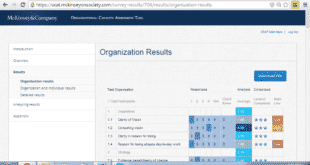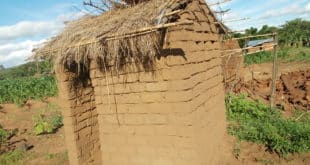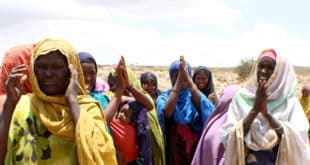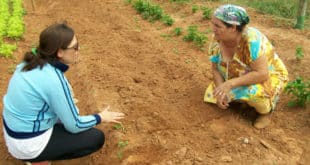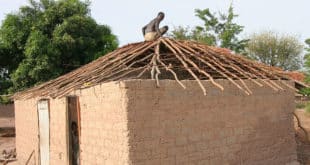Download the Gender Tools Gender is an important topic in international development / aid. Most donors ask you to explain how your project will address issues related to gender, and it can be difficult to know how to address that part of the proposal unless you’ve done a gender analysis. …
Read More »Tool Reviews
Assessing your strengths and weaknesses with the McKinsey Organizational Capacity Assessment Tool (OCAT)
Run the online OCAT International development programs often try to build the capacity of organisations. In some cases, donors try to help implementing organisations improve how they work. In other cases organisations themselves realise there is room to improve. To help with this process the international consulting firm McKinsey & …
Read More »Community-Led Total Sanitation (CLTS) – does it really work?
Community-Led Total Sanitation (CLTS) is quickly taking the international development / global aid world by storm. According to the Institute of Development Studies it is now being used “in more than 50 countries, of which at least 15 have made CLTS official national policy”. Traditional sanitation programs usually distribute free or subsidised concrete …
Read More »Simple, quick and easy – Tiny Tools for impact assessment
Download Tiny Tools Many international development / aid programs try to directly improve people’s lives through activities such as building boreholes, running agricultural training programs, or setting up youth programs. When evaluating these types of programs it can be difficult to know if community members really believe that their situation …
Read More »Free online courses for international development professionals
It used to be that if you were working in international development and wanted to improve your skills you only had two choices. Either spend a lot of time and money doing a masters degree, or try to teach yourself using whatever old textbooks you could find lying around. These …
Read More »Online-based survey software… 5 pointers to look out for
Surveys are a pretty common activity in international development programs. It is becoming increasingly easy to undertake online-based surveys (as opposed to paper-based), and there are definitely some benefits to be recognised. It used to be that undertaking online-based surveys was a major production, requiring co-opting a web nerd in …
Read More »The Parenting Map for monitoring orphans and vulnerable children
Working with orphans and vulnerable children can be extremely challenging in developing countries. There are usually only a small number of staff available to monitor the children’s well-being, and often those staff have limited training and experience. As a result, many programs deliver a standard set of interventions for every …
Read More »The Batteries Methodology for measuring quality of life
Improving people’s quality of life is the ultimate goal for many international development programs, even though it might not be stated as such. Having a high quality of life just means having a full and happy life. For example, programs to increase people’s income or health only do this so those …
Read More »Using the ‘Most Significant Change’ (MSC) Technique to measure the intangible
In development, it is essential to measure if programs are having the desired impact. However, intangible goals such as ’empowerment’, ‘leadership skills’ and ‘confidence’ are difficult to measure with normal quantitative monitoring tools. This is particularly true in social change programs where improvements in attitudes, behaviour and beliefs take place …
Read More »Measuring poverty using the Progress out of Poverty Index®
The $1.25 per day international poverty line is the most commonly used measure of poverty. International agencies use it, donors use it, and many NGOs and microfinance institutions want to make sure their programs are reaching people below this line. Unfortunately, determining whether a family actually lives on less than …
Read More »

